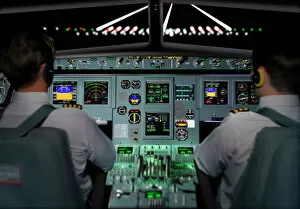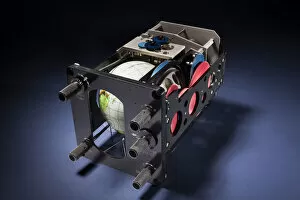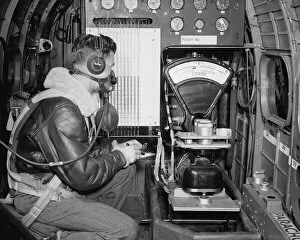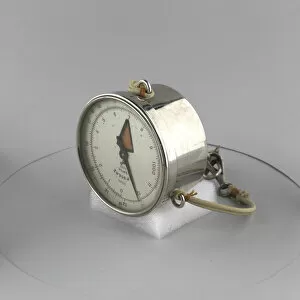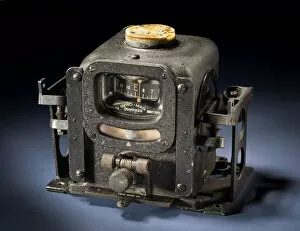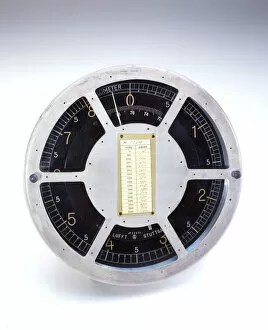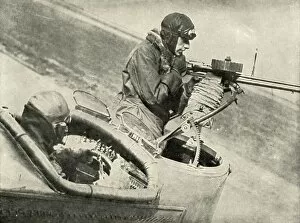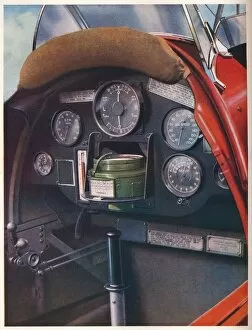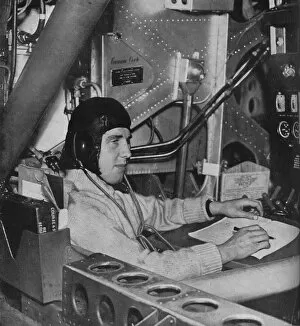Instrument Panel Collection
The instrument panel, a vital component of any flight simulator, is a gateway to the world of aviation
For sale as Licensed Images
Choose your image, Select your licence and Download the media
The instrument panel, a vital component of any flight simulator, is a gateway to the world of aviation. It showcases an array of fascinating instruments that have evolved over time, each with its own unique story. One such instrument is the Earth Path Indicator Mercury 4, created by Honeywell in 1961. This groundbreaking device provided pilots with crucial information about their aircraft's position relative to the Earth's surface. Moving on to the Bluebird CN7 instrumentation panel from 1964, we encounter an intriguing mystery as its creator remains unknown. Nevertheless, this panel played a pivotal role in monitoring and controlling various aspects of the iconic Bluebird car during its record-breaking speed attempts. Stepping back in time to World War II, we discover the instrumentation found in B-29 bombers developed by NASA in 1944. These advanced panels were instrumental in guiding these mighty warplanes through treacherous skies. Delving further into history brings us face-to-face with German craftsmanship - CP Goerz's Altimeter from yesteryears. This precision instrument allowed aviators to accurately measure altitude and navigate through challenging terrains. Another noteworthy creation comes from Sperry Corporation - the Directional Gyro Indicator known as Gyro-Mag. Its presence on aircraft like Wiley Post's final flight and Fokker T-2 planes revolutionized navigation systems for pilots worldwide. Pioneer Instrument Company introduced us to Sun Compasses like Bumstead's masterpiece - a tool that harnessed sunlight for accurate directional guidance during flights. Zeppelin airships also had their share of remarkable instruments; G Lufft crafted an Altimeter specifically designed for Zeppelin L-49 airship pilots navigating vast expanses above ground level. In times of conflict, even RAF pilots relied heavily on their instrument panels while learning how to fly during World War II. Charles Brown captured this poignant moment where young aviators absorbed knowledge that would shape their futures.

